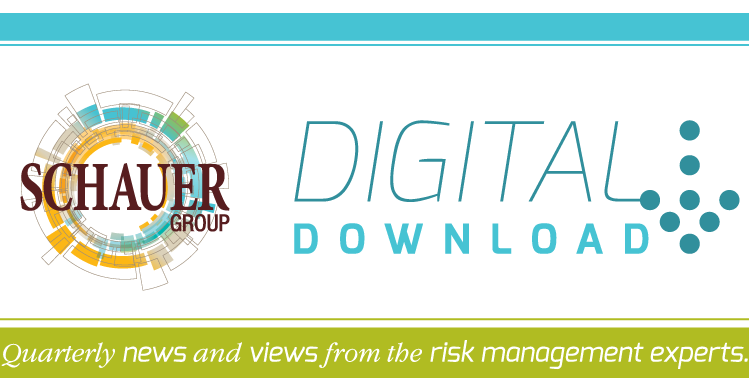As an employer, safety is your responsibility, and it’s important to identify workplace hazards and instill safe employee habits to ensure corrections remain permanent. One way to accomplish this is through behavioral observation, as it can help identify unsafe acts and conditions within a workplace, giving employers insight into potentially dangerous work habits. This article discusses how habits are created, how to change employee habits and ways to identify which behaviors need to change.
Understanding Habits
Habits can be formed in two ways: Through a traumatic psychological experience—such as accidentally touching a hot stove and learning never to do it again—or through repetitive actions the brain turns into automatic function. According to the Society for Personality and Social Psychology, habits make up approximately 40% of human behavior. In terms of workplace safety, it can be difficult to unlearn bad habits employees have formed.
One technique used for creating good habits is known as the “Habit Loop,” in which each behavior within the loop works to form a habit. There are three components that make up the Habit Loop: A cue, a routine and a reward. For example, getting into a car (the cue), putting on a seat belt (the routine) and not getting a ticket from the police (the reward) is an example of a Habit Loop. Managers can capitalize on this strategy to help employees form new habits or change old ones.
How to Change Employee Habits
Bad habits can easily become routine if previous outcomes of the action have not been negative. By the time a company notices, the unhealthy behavior may already be ingrained within the worker. To change unsafe habits and mitigate negative outcomes, it’s important to understand which Stage of Change a worker is in.
The Stage of Change theory suggests that a lack of motivation, willpower or confidence may not be to blame when it comes to someone’s inability to change—but rather that someone may not be ready to change or may not recognize that they need to. Understanding a worker’s readiness to change may be the key to determining how to approach moving them along the stages of change. The following are the stages of change and how employers can influence an employee at that stage:
- Pre-contemplation—At this stage, employees are unaware a problem or risk exists. To influence someone at this stage, it’s important to educate and bring awareness to the problem or concern.
- Contemplation—The contemplation stage refers to employees who are starting to consider or thinking about making a change. Continued education and ongoing opportunities for self-evaluation can help employees in this stage.
- Preparation—At this point, employees have decided to make a change in order to move into a new situation. This is an easy phase to get stuck in as employees may be unwilling or unable to make the initial step to change. To help employees in this stage, it’s important to evaluate employees on an individual level and determine their intrinsic motivation. Focus on the person, not the company’s wants or needs.
- Action—Here, an employee may start to change their environment, behavior or experience. Managers should provide encouragement, recognition and ongoing positive reinforcement during this stage.
- Maintenance—Now that change has happened and become part of a normal routine, employees may be able to experience the positive outcomes of their actions. It’s important to continue to acknowledge and reinforce the positive change.
How to Identify Which Behaviors to Change
Unsafe behavior must first be identified in order to be corrected. Some ways to determine if behaviors should change include behavioral safety audits and accident investigation reports. After a problem is identified, the employer can work to adjust the behavior causing the safety issue. Once an issue is found and addressed, the employer should follow up to ensure the changes are being followed. By prioritizing follow-up on behavior issues, a workplace can start seeing improvements in practices and possibly a reduction in injuries.
Conclusion
Habits can be hard to break. However, with the proper approach, managers can alter unsafe workplace behavior and create a safer working environment. For more risk management guidance, contact Schauer Group today.






